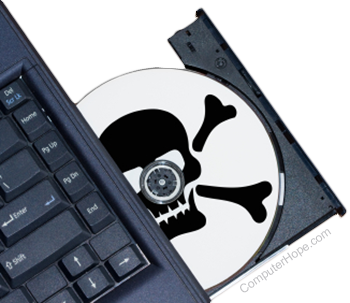How do companies prevent software piracy?

Software piracy is a major issue affecting companies and developers today. Consequently, companies need to implement anti-piracy protection systems on their software-based products.
Legal protection
Most companies make sure their software is protected legally by a user agreement. Letting consumers know that making unauthorized copies is against the law helps prevent people from unknowingly breaking piracy laws. If a user, company, school, or other organization is running illegal copies, they could be fined or be held liable.
Product key
The commonly used anti-piracy system is a product key, a unique combination of letters and numbers used to differentiate copies of the software. A product key ensures that only one user can use the software per purchase.
Online verification
Companies like Adobe have moved their software into the cloud and require online authentication. Before using their software, you must log into your account, and if another computer or device is already using the program, it must be logged out. This form of verification allows a program to be installed on multiple devices but only allows one device at a time to use the program. Anyone who needs multiple devices to be using the same program at the same time can pay more for a software license that allows more devices.
Tamperproofing
Some programs have built-in protocols to shut down and stop working if the source code is modified. Tamperproofing prevents people from pirating the software through the manipulation of the program's code.
Watermarking
Watermarks, company logos, or names are often placed on software interfaces to indicate that products are legitimately obtained, and are not illegal copies.
